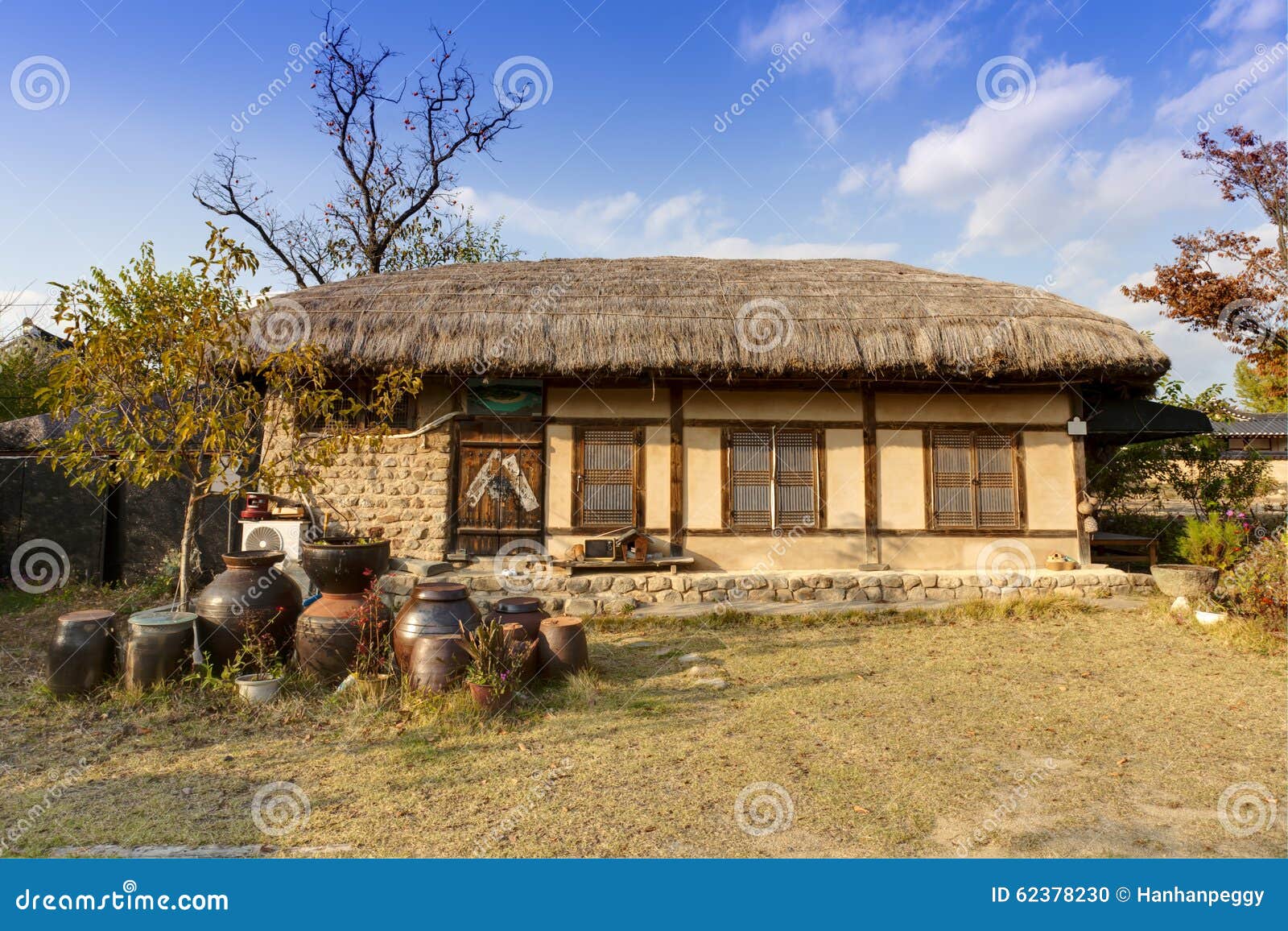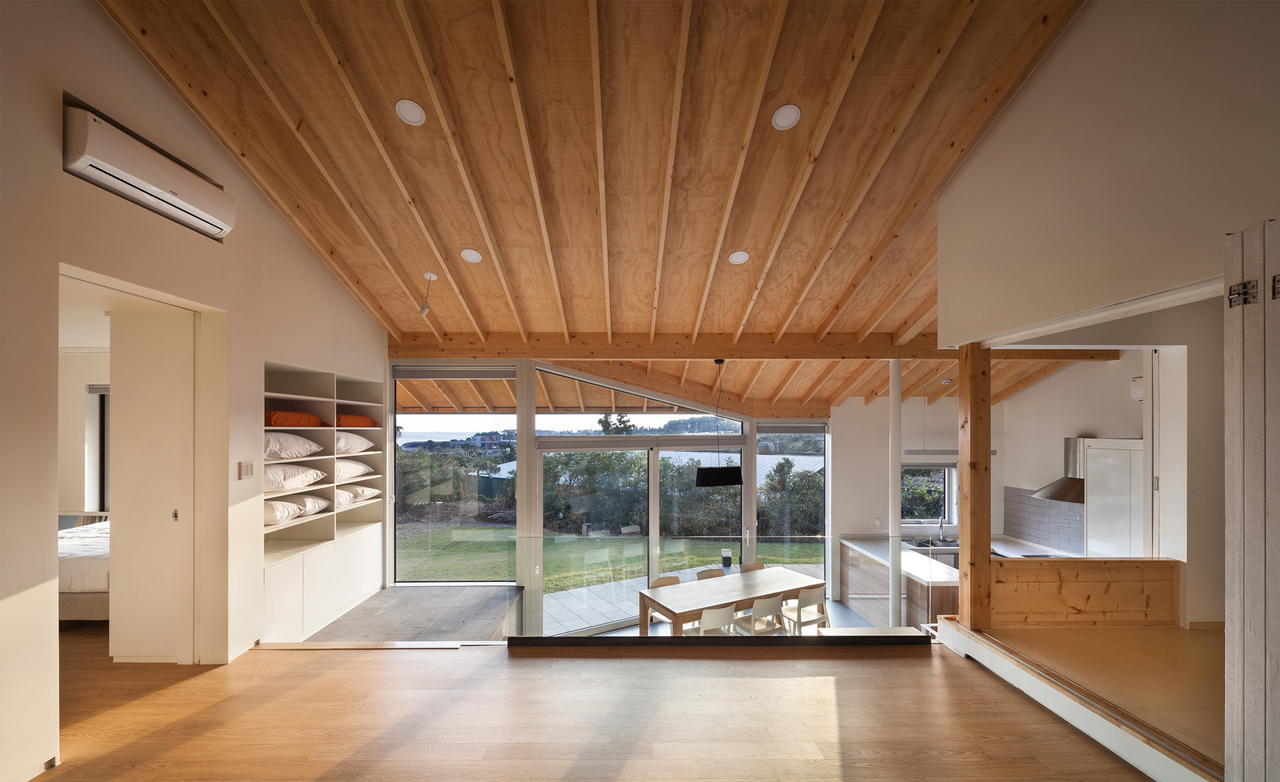Table Of Content

From the intricate woodwork to the decorative paper windows, every detail is carefully crafted to create a visually stunning space. The use of traditional Korean colors, such as deep reds and blues, further enhances the overall aesthetic appeal. The origins of hanok houses can be traced back to the Three Kingdoms period in Korean history, which lasted from the 1st century BC to the 7th century AD. During this time, the Korean people developed a distinct architectural style that incorporated elements from neighboring countries such as China and Japan. This fusion of influences resulted in the birth of hanok houses, characterized by their wooden construction and curved rooflines. Traditional Korean hanok houses have a rich history that dates back centuries.
© 2020 by Korea House Restaurant

The area's hanok owners were not even allowed to install such modern amenities as flush toilets. Given the nature of Korea's then-military regime, residents suffered in silence, but after Korea democratized at the end of the 1980s, the dam burst. Protests mounted, and the government bowed to pressure from the area's landlords, who were desperate to cash in on the real estate boom by building apartments they could rent out. "In 1991, the Roh administration deregulated and allowed people to build modern buildings," said Youn Hyeok Kyung, director of Seoul City's Urban Design Division. "In 1994, height limits were lifted." The single-story homes stood no chance.
Stainless-steel poles screen living spaces and gardens at South Korean home
With this year’s theme being “musical diplomacy,” you can expect plenty of performances too, such as traditional dance and drums at the Sri Lankan embassy as well as a K-pop dance and singing contest at the South Korean embassy. The Bidens presented the South Koreans with a small, handcrafted table by an American furniture maker. Made of mahogany wood and inlaid with historical White House wood, the table was inspired by traditional Korean soban tables. The gift included a vase filled with handmade paper hibiscus and rose flowers by a Korean American artist and a brass plaque to commemorate the state visit. “My sister called me and begged for me to make them so she could gift them to her friends,” says Ling, who is Chinese American. The small cakes, decorated in a minimalist style, quickly took off as celebrations also became smaller.
Broadway actor quits CTC's 'A Year With Frog and Toad' 2 days before opening night
Below are 10 lovely homes that combine contemporary and minimalist influences. There is the use of natural materials, elegantly juxtaposed with Asian touches. A common feature is the presence of sunlight in key areas of the house. There are gardens, small open spaces, big windows, and glass sliding doors that allow natural light to enter.
The windows and doors are made of both hanji and glass, with a mixed look that feels both familiar yet modern. The house's columns, beams, doorways, windows, and base are all made of wood, whereas the walls are made of a combination of straw and soil. Hanok homes are great for avoiding the hot weather because of the high ventilation provided by natural construction materials. Another distinguishing characteristic of a Hanok is the extensive use of hanji, which is a paper produced from mulberry tree bark and is used to cover every solid surface. As a result of its outstanding shielding ability and permeability, hanji has been used to cover doors, allowing in natural light while still keeping the space warm.
Eight home interiors where mezzanines maximise usable space
Man steals $15,000 from Korean restaurant in Gwinnett County, police say - WSB Atlanta
Man steals $15,000 from Korean restaurant in Gwinnett County, police say.
Posted: Thu, 21 Mar 2024 07:00:00 GMT [source]
These materials are often raw with minimal finishing as to blend in seamlessly with the natural environment. Interior plans make use of sliding doors made of “hanji,” a traditional Korean paper that creates a beautiful and breathable look. The second attractive point to hanok houses is that they are environmentally-friendly.
These days, over 60% of Seoul’s population live in modern apartments but, interestingly, these tall, multistoried buildings are almost without exception furbished with a heating system inspired by the age-old ondol system. This heating system has now begun to be exported to other countries with wide variations in daily temperature. While traditional Korean houses are generally wooden structures, they can survive as long as other buildings made with other materials if properly taken care of.
The earth, stone, wood and paper which make up the Hanok are obtained directly from natural sources. The Korean paper used throughout the house is made from natural wood pulp and is glued to the frame of the sliding doors and the cross ribs of the windows. The floor is polished with bean oil after covering it with Korean paper, making the flooring waterproof. The wood and earth breath when it is humid indoors and exhale when it is dry.
Subscribe to the Architizer Weekly Newsletter
In conclusion, traditional Korean hanok houses are a testament to the rich cultural heritage of Korea. With their natural materials, unique layout, and attention to detail, these houses are a true work of art. Whether you are interested in history, architecture, or simply appreciate the beauty of traditional design, a visit to a hanok house is sure to leave a lasting impression.
You is a master of the Korean minimalist cake-decorating style popularized by bakeries throughout Korea, images from which have persistently flooded Instagram over the last couple of years. When she opened in August, a friend of You’s posted a video of her cakes to TikTok, and they watched the numbers rapidly climb. Within days, You’s nascent bricks-and-mortar business was a viral sensation. Park's video screened at the Museum of Modern Art in New York 10 years ago, and he feels like there's less difference in cultural context nowadays. Kyungah Ham's mysterious works "What you see is the unseen/Chandeliers for Five Cities SK 01-06″ and "What you see is the unseen/Chandeliers for Five Cities BR 04-04″ were made in collaboration with anonymous North Korean artists. Her project began when she discovered North Korean propaganda in front of her house.
Restaurants and cafes have also embraced the traditional design, creating spaces that not only serve delicious food and beverages but also provide a serene and authentic atmosphere. The integration of traditional elements, such as wooden furniture and sliding doors, creates a sense of warmth and tranquility that enhances the dining experience. When it comes to traditional Korean architecture, the hanok house stands out as a true gem. These houses, with their unique design and cultural significance, have been an integral part of Korean history for centuries. In this article, we will explore the key features and elements that make hanok houses so special.
These traditional homes are constructed of wood, clay, stone and other natural materials provided by Earth. But with time, the pattern changed for climate and Korean people were forced to develop a house that has both the cooling and heating system together. This makes Hanok a special house whose architecture is considered unique with the Ondol and Maru placed in the house together. In the early times, people used to live in the Hanok with Maru in the summertime and they used to shift to Hanok with Ondol to warm themselves in the winter. It was not possible to have both Ondol and Maru in the same house in the early period as wood for the Maru and fire for the Ondol are not compatible with each other and can catch fire easily. These houses are built for a long time and over the years, its importance and traditional design are maintained.
In the Northern regions of Korea where there is a cold climate, there is a need for a heating system and that need is sufficed by Ondol, an underfloor heating system. Now, for the Southern regions that have a hot climate, there was a need for a cooling system and that need was fulfilled by Maru, a cooling structure. Another architect who was interested in Eastern design and philosophy was Ludwig Mies van der Rohe. Like Wright’s Usonian houses, this house blurred the lines between the exterior and the interior, but to a more extreme level, which was minimalism at its greatest at the time. Hanoks consist of a prefabricated wooden frame structure that is assembled on location.
No comments:
Post a Comment